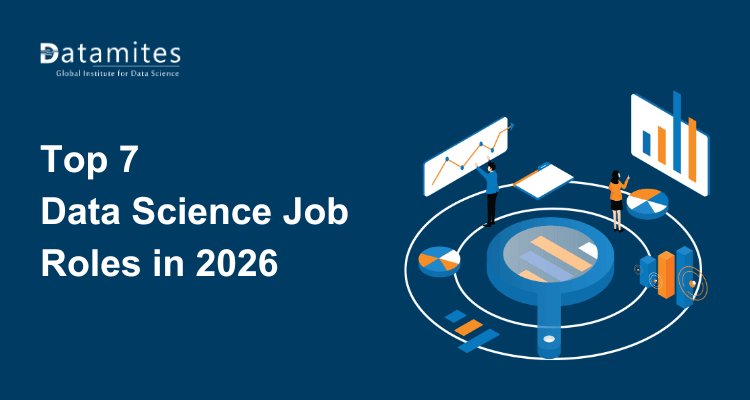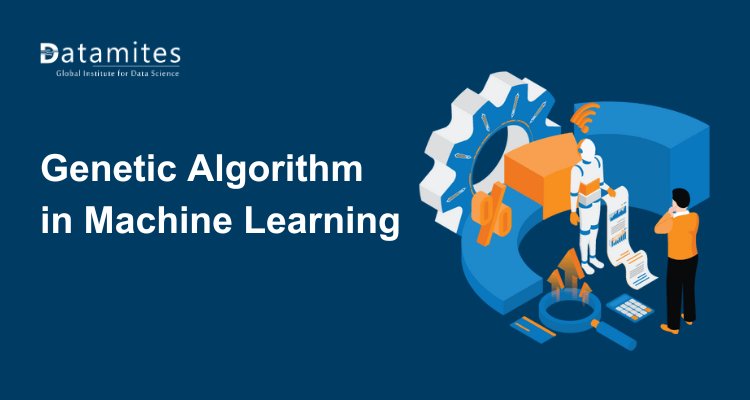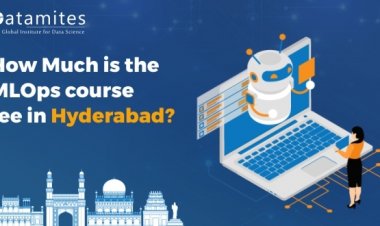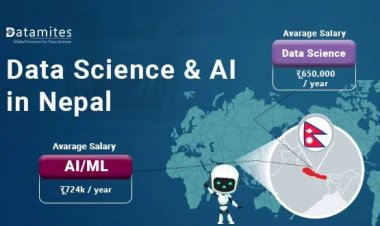What is Retrieval-Augmented Generation (RAG)?
Discover what Retrieval-Augmented Generation (RAG) is, how it works, and its applications in AI. Learn how RAG combines retrieval and generative models for accurate, context-aware responses.
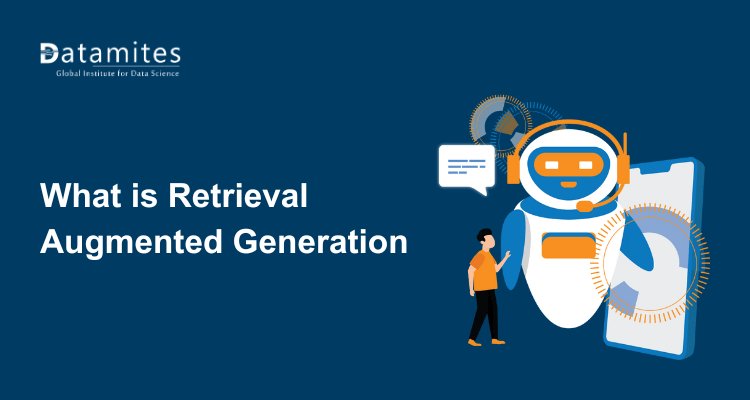
Artificial Intelligence (AI) and Natural Language Processing (NLP) have evolved rapidly, with new models constantly pushing the boundaries of what machines can understand and generate. One of the most impactful advancements in this space is Retrieval-Augmented Generation (RAG) , a hybrid framework that combines the strengths of retrieval-based and generation-based models to produce more accurate, factual, and context-rich responses.
In this article, we’ll break down what RAG is, how it works, its components, the problems it solves, and where it’s being used today.
Understanding the Retrieval-Augmented Generation (RAG)
Retrieval-Augmented Generation (RAG) is an advanced approach in AI that merges the capabilities of retrieval-based models with generative models. Traditional generative AI models, like GPT, can generate human-like text but often lack access to specific factual knowledge, especially for queries requiring up-to-date or specialized information.
RAG addresses this limitation by integrating a retrieval system that fetches relevant documents or data from a large database and feeds it into the generative model. This combination ensures that the AI not only produces coherent and contextually accurate text but also leverages real-world data for precise and informed responses.
Key benefits of RAG include:
- Enhanced factual accuracy
- Context-aware responses
- Efficient handling of large knowledge bases
Components of Retrieval-Augmented Generation (RAG)
RAG combines two core components that work together seamlessly:
1. Retriever
The retriever is responsible for searching and fetching relevant documents or information from a large external corpus (for example, Wikipedia, enterprise databases, or knowledge bases).
It uses techniques like semantic search, vector embeddings, and similarity matching to identify content that best matches the user’s query.
2. Generator
Once the retriever provides the relevant context, the generator (a language model like BERT or GPT) processes that information to produce coherent, context-aware, and factual text outputs.
This combination of retrieval and generation ensures that the AI doesn’t just rely on memory, it actively reasons using external knowledge.
According to Grand View Research The global wearable ai market size was estimated at USD 26,879.9 million in 2023 and is projected to reach USD 166,468.3 million by 2030, growing at a CAGR of 29.8% from 2024 to 2030.
Refer these below articles:
- Small Language Models are the Future of Agentic AI
- Multimodal Neurons in Artificial Neural Networks
- How Does Artificial Intelligence Help Astronomy?
How Retrieval-Augmented Generation (RAG) Works
Retrieval-Augmented Generation (RAG) is designed to enhance the capabilities of AI models by combining the strengths of retrieval-based systems with generative models. Unlike traditional AI models that generate responses solely based on patterns learned during training, RAG dynamically integrates external knowledge to produce more accurate and contextually relevant outputs. The RAG process can be broken down into four critical stages:
1. Query Input
The process begins when a user submits a query, question, or prompt. This could be anything from a simple factual question like “What is the capital of France?” to a complex domain-specific inquiry such as “Explain the latest trends in renewable energy storage technologies.” The AI model interprets the intent and context of the input using natural language processing (NLP) techniques, ensuring that the subsequent retrieval step focuses on relevant information.
2. Retrieval Stage
Once the query is understood, the retriever component searches a large set of external data sources or knowledge bases to find information closely related to the query. These sources could include:
- Databases
- Internal company documents
- Research papers
- Web content
- Domain-specific repositories
The retriever may use semantic search techniques, which go beyond keyword matching to understand the meaning and context of the query. This ensures that even if the exact keywords aren’t present in the documents, the most relevant information is still retrieved.
3. Augmentation Stage
After the retriever collects relevant documents or snippets, the augmentation stage begins. During this step, the retrieved information is integrated into the AI model’s context window, essentially the “working memory” that the generative model uses to produce a response. By embedding real-world, up-to-date information directly into the context, RAG allows the AI to generate responses that are factually grounded rather than relying solely on pre-trained knowledge, which may become outdated over time.
For example, if a user asks, “What are the latest AI developments in healthcare?” The model can pull current research papers and news articles on the topic and include them in the context to generate an informed and accurate answer.
4. Generation Stage
The generator creates a response based on the enriched context. It synthesizes the original query and the retrieved information to produce a coherent, human-like answer. Because the model now has access to real-time knowledge, the output is not only linguistically fluent but also factually accurate.
This stage is what makes RAG especially powerful for applications where precision and relevance are crucial such as customer support, research assistance, or medical AI solutions.
What Problems Does Retrieval-Augmented Generation (RAG) Solve?
RAG was developed to overcome several limitations of traditional language models, including:
- Hallucination of Facts: Standard LLMs may generate incorrect or fabricated information. RAG mitigates this by referencing real data sources.
- Static Knowledge: Pre-trained models can become outdated over time. RAG allows them to pull from up-to-date repositories.
- Limited Domain Knowledge: For specialized industries like finance, healthcare, or law, RAG enables models to access domain-specific documents for precise outputs.
- Explainability: Because RAG uses retrievable sources, its responses can be traced back to their origins, improving transparency and trustworthiness.
The market for artificial intelligence grew beyond billion U.S. dollars in 2025, a considerable jump of nearly billion compared to 2023. This staggering growth is expected to continue, with the market racing past the trillion U.S. dollar mark in 2031. (Statista)
Read these below articles:
Applications of Retrieval-Augmented Generation (RAG)
The versatility of RAG makes it valuable across industries and use cases:
- Customer Support: AI chatbots powered by RAG can pull real-time product or policy details, providing accurate customer service.
- Enterprise Knowledge Management: Organizations use RAG to give employees instant access to company documentation or reports.
- Healthcare: Doctors and researchers can use RAG-based systems to retrieve up-to-date medical research or case studies.
- Education: Students and educators benefit from AI tools that retrieve current and credible sources for study material.
- Search Engines & Virtual Assistants: Platforms like Bing and ChatGPT integrate retrieval-based models to provide more relevant, data-backed results.
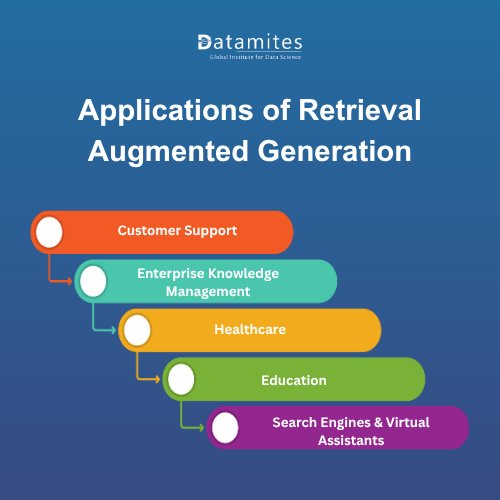
Retrieval-Augmented Generation (RAG) represents a major step forward in making AI more reliable, factual, and intelligent. By combining retrieval-based data access with generative capabilities, RAG ensures that responses are both contextually rich and grounded in real-world information.
Begin your journey into the world of Artificial Intelligence and gain the expertise that top employers are actively looking for. Enrolling in an Artificial Intelligence course in India equips you with practical skills, real-time project experience, and valuable career guidance from industry experts. As the demand for AI professionals continues to rise, quality training can help you unlock a wide range of lucrative and future-ready career opportunities.
Artificial Intelligence courses in Hyderabad can pave the way for exciting roles such as AI Engineer, Machine Learning Specialist, Data Scientist, and AI Researcher. Whether you’re a student starting out or a professional seeking to upskill, learning AI in Hyderabad offers a strong foundation to excel in today’s data-driven job market.
The DataMites Artificial Intelligence Course in Ahmedabad is designed to meet the needs of both newcomers and seasoned professionals. The program focuses on hands-on, project-based learning, allowing learners to apply theoretical knowledge to real-world challenges. With robust placement assistance, the course prepares participants for success in Ahmedabad’s expanding tech landscape. Graduates earn globally recognized certifications from IABAC and NASSCOM FutureSkills, enhancing their professional credibility and helping them pursue rewarding career paths in Artificial Intelligence.

